PAROWAN — State wildlife officials recently started their annual spring count of Utah prairie dogs.

Adam Kavalunas, a Utah Division of Wildlife Resources biologist, took Cedar City News out on one of the earlier spring counting sessions in late April, visiting a 180-acre site called the Parowan Valley Wildlife Management Area, located on a few connected tracts of farmland west of Parowan.
“Each spring, we try to visit every colony that we know about,” Kavalunas said, noting that there are approximately 1,200 historically known colonies of Utah prairie dogs, spanning seven counties in southern Utah, although not all colonies are actively occupied.
“The majority are in Iron County, Garfield County and Wayne County,” he said. “And then there’s some portions of Piute and Sevier and a little bit in Beaver and Kane counties.”
Kavalunas said the count was a collaborative effort that takes approximate 2 1/2 months.
“We get a lot of help from our agency partners. The BLM helps count a lot of their colonies, and the Forest Service by Bryce Canyon and Panguitch, they help count a lot of the Forest Service colonies on the Paunsaugunt Plateau and the Awapa Plateau by Loa.”
Kavalunas showed Cedar City News one of Iron County’s largest protected colonies, which is home to dozens of prairie dogs.
“One of the neat things about this piece is that we have a cooperative agreement with a local farmer,” he said. “In lieu of paying rent to run livestock – he has cows and sheep and some horses – we basically allow him to put his livestock out here, and in return for that he helps manage the habitat.”
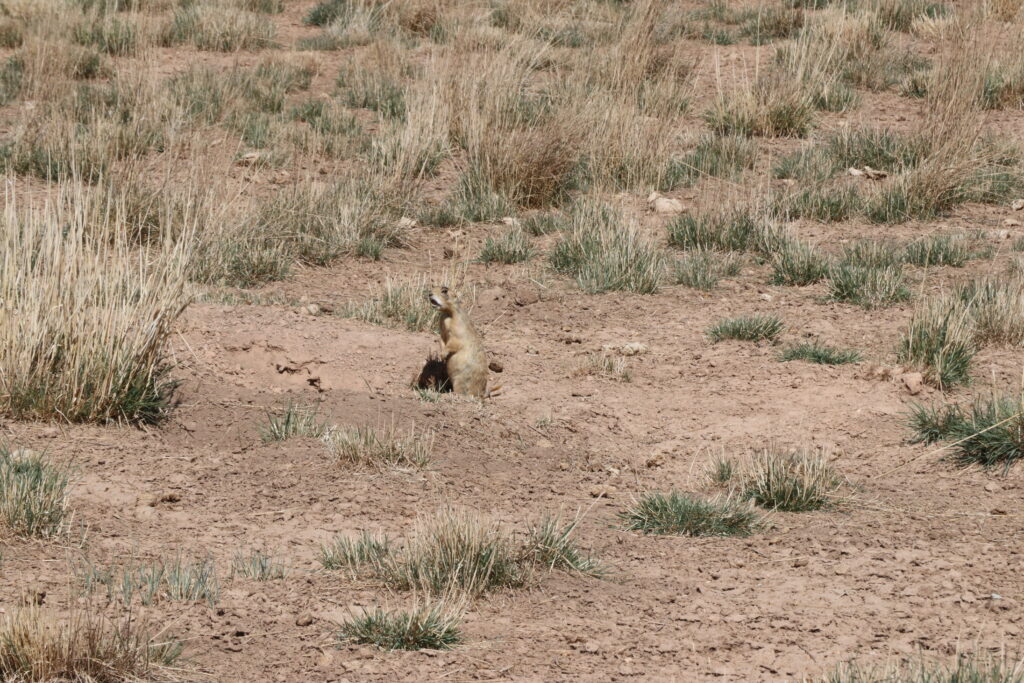
“Proper grazing and prairie dogs actually go hand-in-hand,” Kavalunas said. “Especially with sheep, they keep the vegetation low. Prairie dogs use line-of-sight for vigilance. … If they can’t see very well, they will soon abandon an area if they don’t have enough open space for spotting predators.”
That also means the best time to see and count prairie dogs is on a sunny day, he added.
“When it’s cloudy, prairie dogs don’t feel safe being above ground because they can’t see shadows of aerial predators,” he said. “We want to come out on relatively nice days so that the dogs are as active as possible.”
Kavalunas said he counted approximately 100 animals in that particular colony last year.
“And that’s just what we see above ground,” he said, adding that prairie dogs typically spend about half of their time above ground and half below. “So we estimate if we were to count 100, there’s probably another 100 below below ground. As we move around a colony, we try to do a full sweep of at least three passes and then take the highest number of those three.”
Kavalunas said the Utah prairie dog is one of five prairie dog species in North America and the only one endemic to a single state. It was first listed as an endangered species in 1973, then downgraded to threatened in 1984, where it has remained since.
Kavalunas said the Utah prairie dog count has declined over the past few years after peaking at 13,000 counted adults in the spring of 2015.
“Last year we counted about 6,000, so they dropped by over half (since 2015),” he said. “It’s something that’s not unusual, though. They tend to be cyclical, so their numbers will rise for a few years and then fall due to various factors.”

Kavalunas said the drought of the past four years has been particularly tough on the prairie dogs.
“They are quite climate dependent. Unfortunately, climate is one thing we can’t really manage. We can grow some more habitat. We can move animals around. We can dust them with flea powder to help control plague, but we can’t make it rain, and we can’t keep the temperatures under 90 degrees.”
Kavalunas noted that an estimated two-thirds to three-quarters of all Utah prairie dogs live on private lands.
“That’s another hurdle we’ve been battling, is how do we get more dogs on public lands?” he said, noting that translocation has seen mixed success over the years. “Unfortunately, they’re not a super hardy animal. So when we translocate them into a new area, our success rates are not real high. They’re colonial.”
Kavalunas said even though the overall numbers have declined in recent years, he’s encouraged by the fact that the public land populations are remaining stable.
“The management plans that are in place deal mostly with private lands and how we handle development,” he said. “Those seem to be working well, and they’re pretty well accepted by the community.”
As Kavalunas was counting prairie dogs and recording his findings on a computer tablet, he pointed out the barking noise that the prairie dogs make as they chatter to each other.
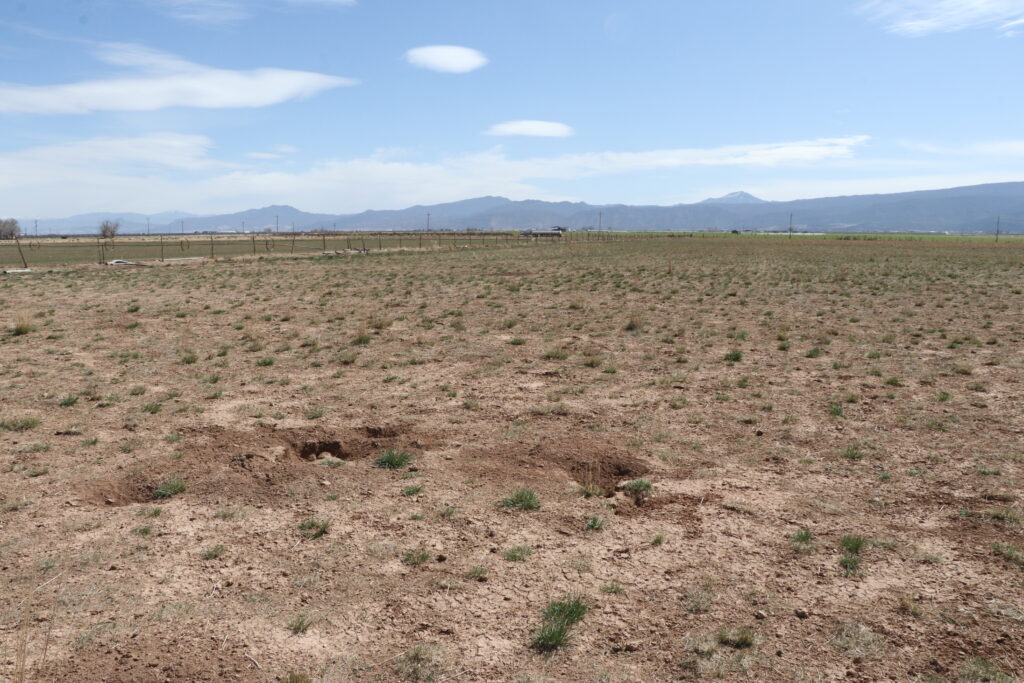
“That’s kind of an alarm call letting everybody know. We don’t know exactly what they’re saying, but they’re letting everyone know that, ‘Hey, there’s something in the area,’” he said. “Actually, when a prairie dog does that, it’s a great time to be counting, because a lot of them will all be standing up on their mounds.”
Iron County planner Reed Erickson said the collaborative prairie dog management efforts in recent years by the various agencies appear to be helping.
“We have good partners,” he said. “We have good working relationships right now with the state and with the federal U.S. Fish and Wildlife and the BLM, all working toward better habitat and better management.”
Erickson said the ultimate goal is to get prairie dog numbers to a point where the animal can be delisted from the threatened species list.
“Our numbers are not as high this year or last year as they have been, but I think that’s due to drought conditions,” he said, adding that the counties are working with state and federal agencies to come up with recovery solutions and strategies.
“As a county, we feel really good that that’s the direction that we need to be going with these partners and everybody working together,” Erickson said. “We can see some progress.”
Click on photo to enlarge it, then use your left-right arrow keys to cycle through the gallery.
A colony of Utah prairie dogs west of Parowan, Utah, April 21, 2021 | Photo by Jeff Richards, St. George News / Cedar City News Utah Division of Wildlife Resources biologist Adam Kavalunas counts Utah prairie dogs at a colony on private farmland west of Parowan, Utah, April 21, 2021 | Photo by Jeff Richards, St. George News / Cedar City News Utah Division of Wildlife Resources biologist Adam Kavalunas counts Utah prairie dogs at a colony on private farmland west of Parowan, Utah, April 21, 2021 | Photo by Jeff Richards, St. George News / Cedar City News Utah Division of Wildlife Resources biologist Adam Kavalunas counts Utah prairie dogs at a colony on private farmland west of Parowan, Utah, April 21, 2021 | Photo by Jeff Richards, St. George News / Cedar City News A burrow at a Utah prairie dog colony west of Parowan, Utah, April 21, 2021 | Photo by Jeff Richards, St. George News / Cedar City News A colony of Utah prairie dogs west of Parowan, Utah, April 21, 2021 | Photo by Jeff Richards, St. George News / Cedar City News A colony of Utah prairie dogs west of Parowan, Utah, April 21, 2021 | Photo by Jeff Richards, St. George News / Cedar City News A colony of Utah prairie dogs west of Parowan, Utah, April 21, 2021 | Photo by Jeff Richards, St. George News / Cedar City News

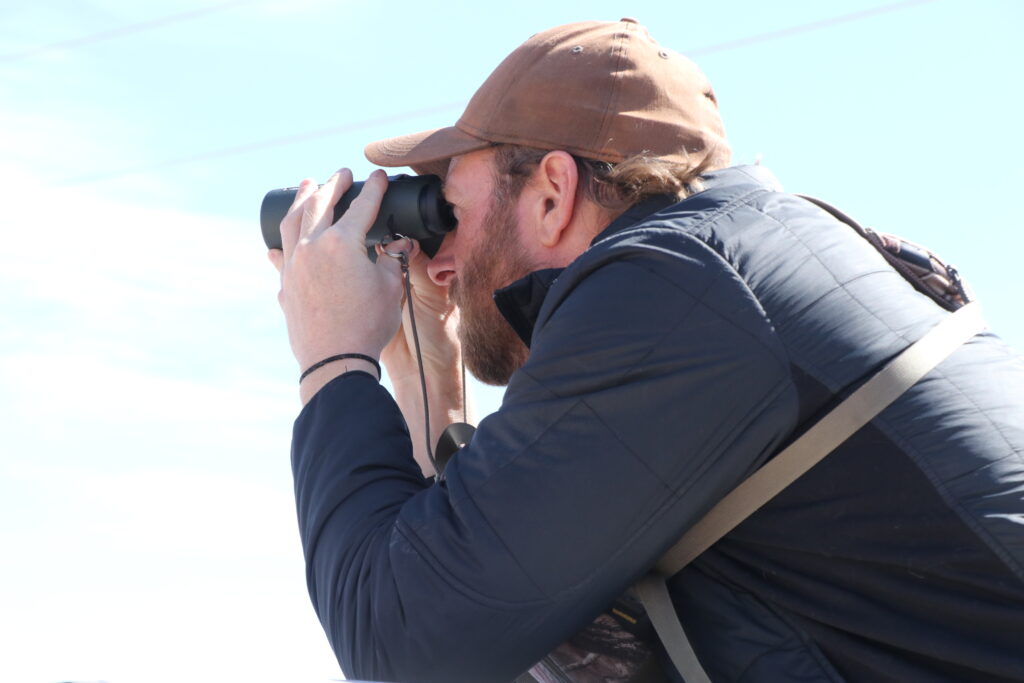

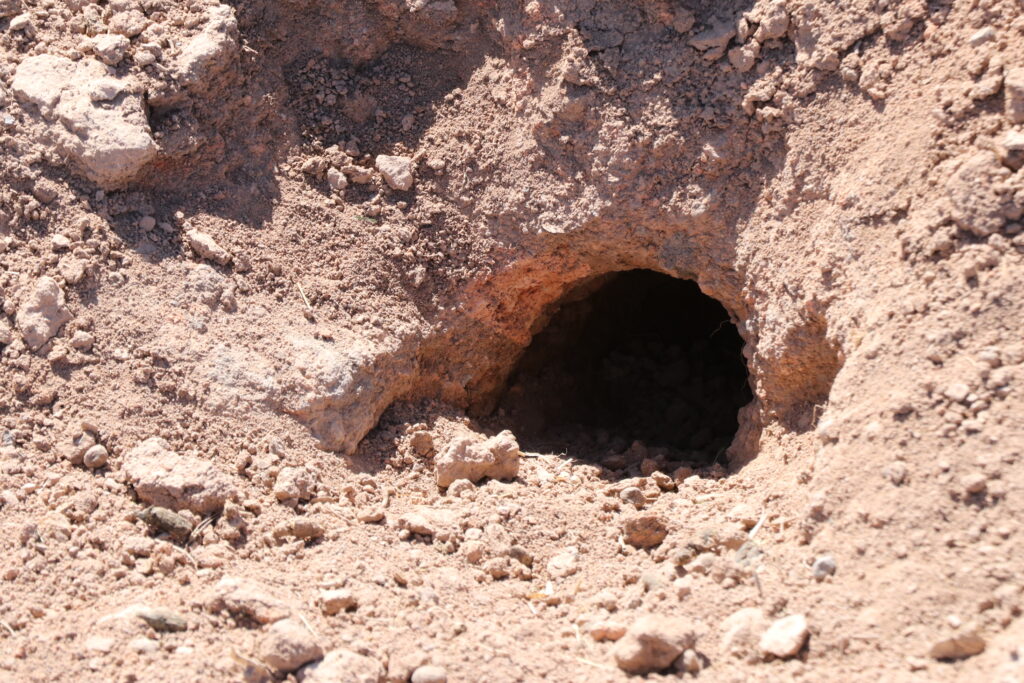

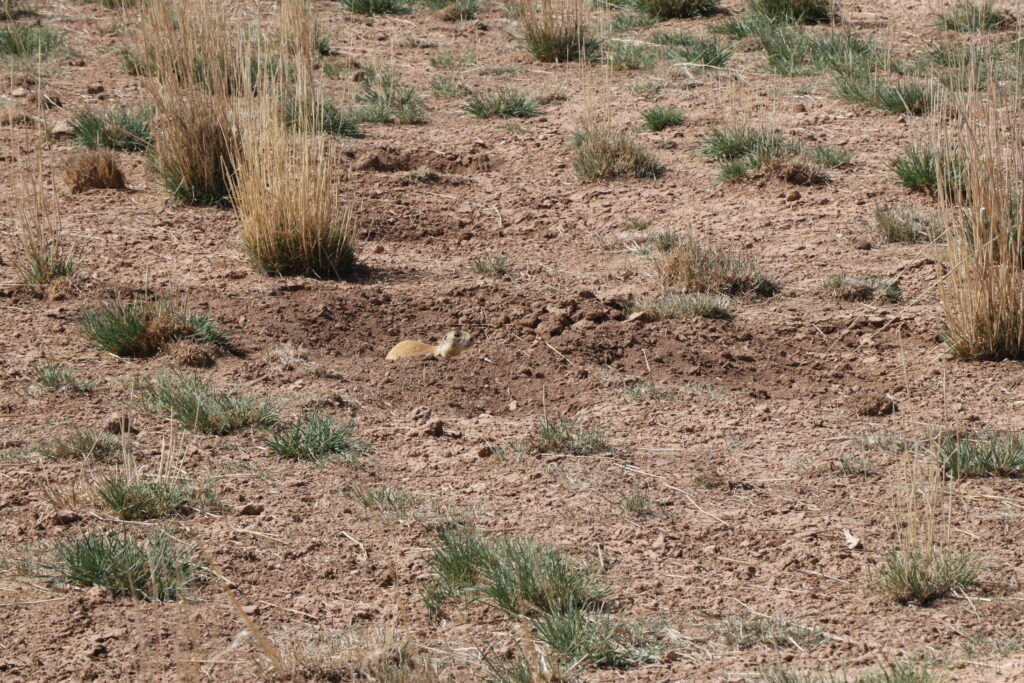

Copyright St. George News, SaintGeorgeUtah.com LLC, 2021, all rights reserved.

